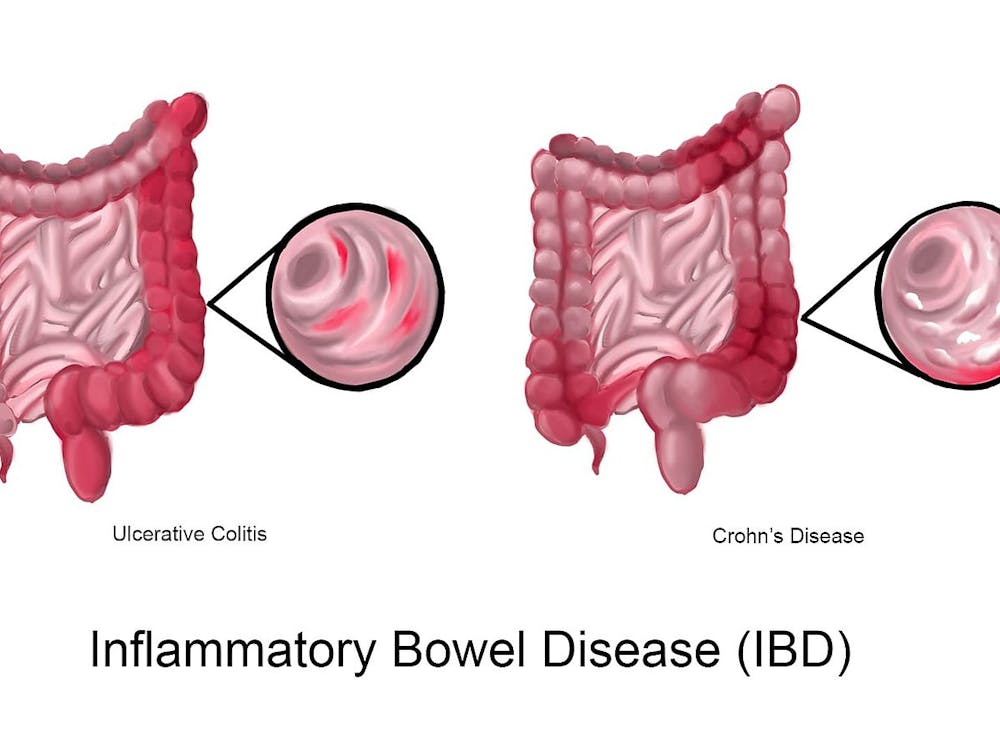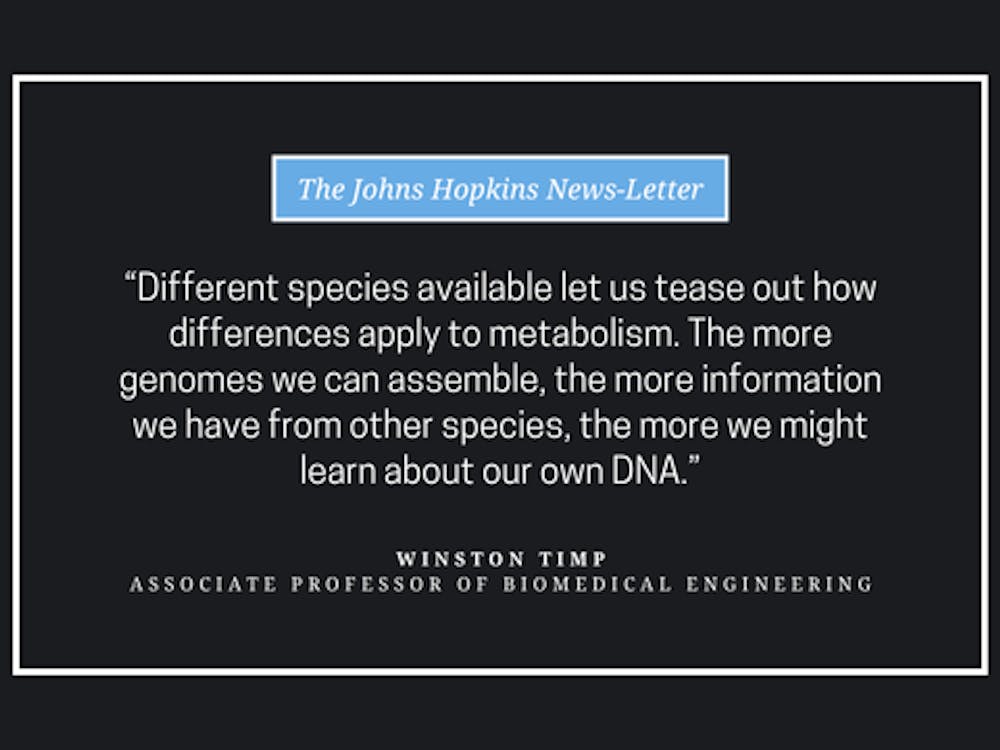By ADARSHA MALLA Staff Writer
We often take detours to avoid roads that are damaged or under construction. Researchers and surgeons at the Washington University School of Medicine in St. Louis are pioneering nerve transfer surgeries in a similar manner by taking bundles of healthy neurons on a detour to give spinal cord injury patients a second chance at independently performing routine tasks.
Essentially the re-engineered nerve networks reestablish previously interrupted communication between the brain and the muscles, allowing patients to perform basic tasks such as writing with a pen or eating.
In the article published in the October American Society of Plastic Surgeons, Plastic and Reconstructive Surgery issue, the researchers assessed outcomes of nerve-transfer surgery in nine quadriplegic patients with spinal cord injuries in the neck. Every patient in the study reported improved hand and arm function.
Technically the surgery is not complicated. The human spinal cord acts as the body’s control tower by communicating both what we sense and what we do to the brain. The cervical spinal cord, the section of the spinal cord in the neck, is comprised of seven vertebrae, or bones, denoted as C1 through C7. Injuries to the lower bones of the neck (C6 or C7) generally produce partial loss of function in upper extremities and are the targeted cases for this novel nerve transfer surgery.
Think of each vertebra in the spinal cord as a cable box to get a better idea of the surgery. Imagine particular cables that bring information in and particular cables that carry information out plugged into the cable box. In the case of vertebrae C6 and C7, these ‘cable boxes’ have cables (nerves or bundles of neurons) carrying information from the spinal cord all the way to lower parts of the arm and hands.
When a patient has a disease of or injury to C6 or C7, the patient’s spinal cord and brain can no longer communicate with the lower arms or hands of the patient, and the patient loses control of these body parts. Surgeons actually cut the injured nerves coming from C6 and C7 during nerve transfer surgery and connect nerves that come from a different, healthy ‘cable box’ (C1 — C5) to the muscles that control the lower arms and hands (areas that were previously connected to C6 or C7).
In summary, the surgeons redirect nerves coming from an uninjured site of the spinal cord to grow towards the lower arm and form new connections that will once again allow communication between the spinal cord and the arms through this new pathway.
The operation can be performed even years after a spinal cord injury and usually takes four hours.
However, because the surgeons are cutting nerves and attempting to reconnect new ones, extensive physical therapy is required to facilitate the growth of redirected neurons and strengthen the new connections between these neurons and the muscles in the hand. Improvements are initially small but accumulate over time to greatly impact a patient’s quality of life.
“Physically, nerve-transfer surgery provides incremental improvements in hand and arm function. However, psychologically, these small steps are huge for a patient’s quality of life,” the study’s lead author, Dr. Ida K. Fox, told The Newsroom at Washington University in St. Louis.
Ultimately surgeons and researchers hope to develop techniques that will result in full restoration of movement to the estimated 250,000 people in the United States living with spinal cord injuries. More than half of such injuries involve the neck. However, until a cure is found, progress in regaining basic independence in routine tasks is a top priority for those looking to improve the quality of life for these patients.




